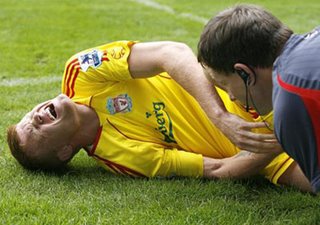I usually spend Sunday mornings conducting exercise classes for my patients in NKF on a volunteer basis.
As part of the exercise routine, these patients would have to have their blood pressure measured before and during exercise. I usually take the chance to chit chat with them when they are having their measurements. What we have discussed today certainly gave me a new perspective in life.
One of the patients, 38 years old, had a kidney transplanted 20 years ago in China when he was 18. It was a shock to him when he found that he had kidney failure. During that period, NKF, the old NKF, was not even setup. Thus, a lot of Singaporeans went to China and India for kidney transplant.
My patient went to a military hospital in China. He has certainly changed his life perspective from this episode. At the age of 18, one would have lofty ambitions for the future. But to be diagnosed with kidney problems is certainly a traumatic experience. Further, when he was at that Chinese hospital, 7 persons, all Singaporeans, died due to complications arising from kidney transplant. My patient was horrified, of course. But he also noted that this might not be the hospital's fault as he thought that some of these Singaporeans, who died, may have pushed the hospital too quickly for a transplant when their bodies were not ready to take in a new organ.
Nevertheless, my patient decided to stay on with the transplant while other Singaporean patients went home or went to India for transplant. Eventually, he got his new kidney from a 29 year-old man. All-in-all, my patient stayed in China for about a year.
The transplanted kidney lasted about 19 years. This is long as most transplanted kidneys last less than 10 years apparently. My patient was having nightmare about kidney dialysis before the kidney broke down. The premonition came true.
Luckily, my patient was mentally strong enough to accept that the transplant kidney may fail one day and he would have to go back to dialysis again. He has seen many examples of people who failed to accept their fate and gave up surviving. I am glad for him too.
Sometimes we do not know how lucky we are........
 It must be me talking about ankle sprain in my last blog. Both Carra and JAR twisted their ankle in the 1-1 draw against Shitty United.
It must be me talking about ankle sprain in my last blog. Both Carra and JAR twisted their ankle in the 1-1 draw against Shitty United.